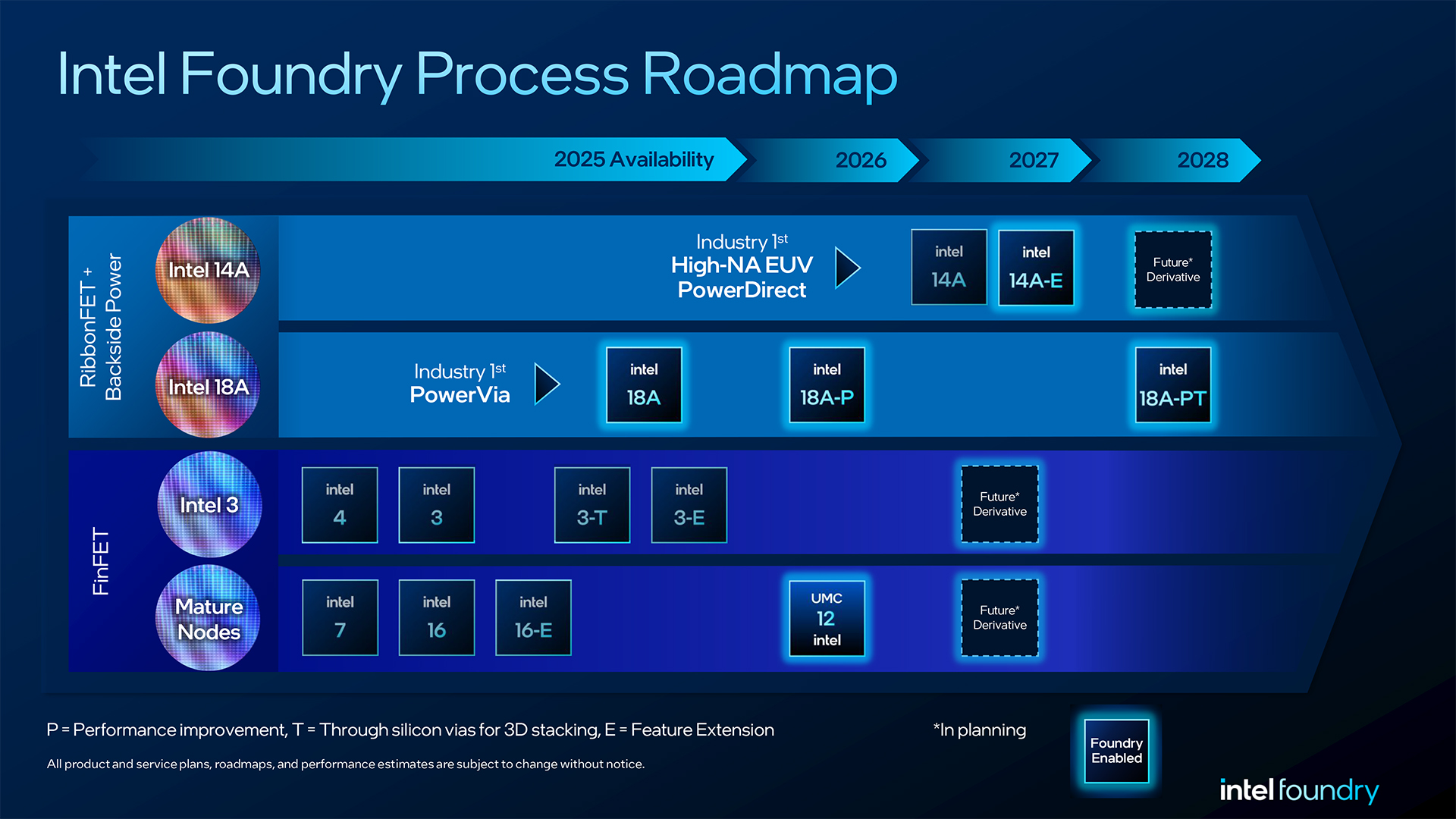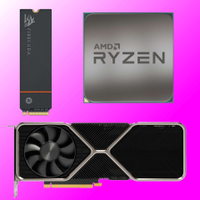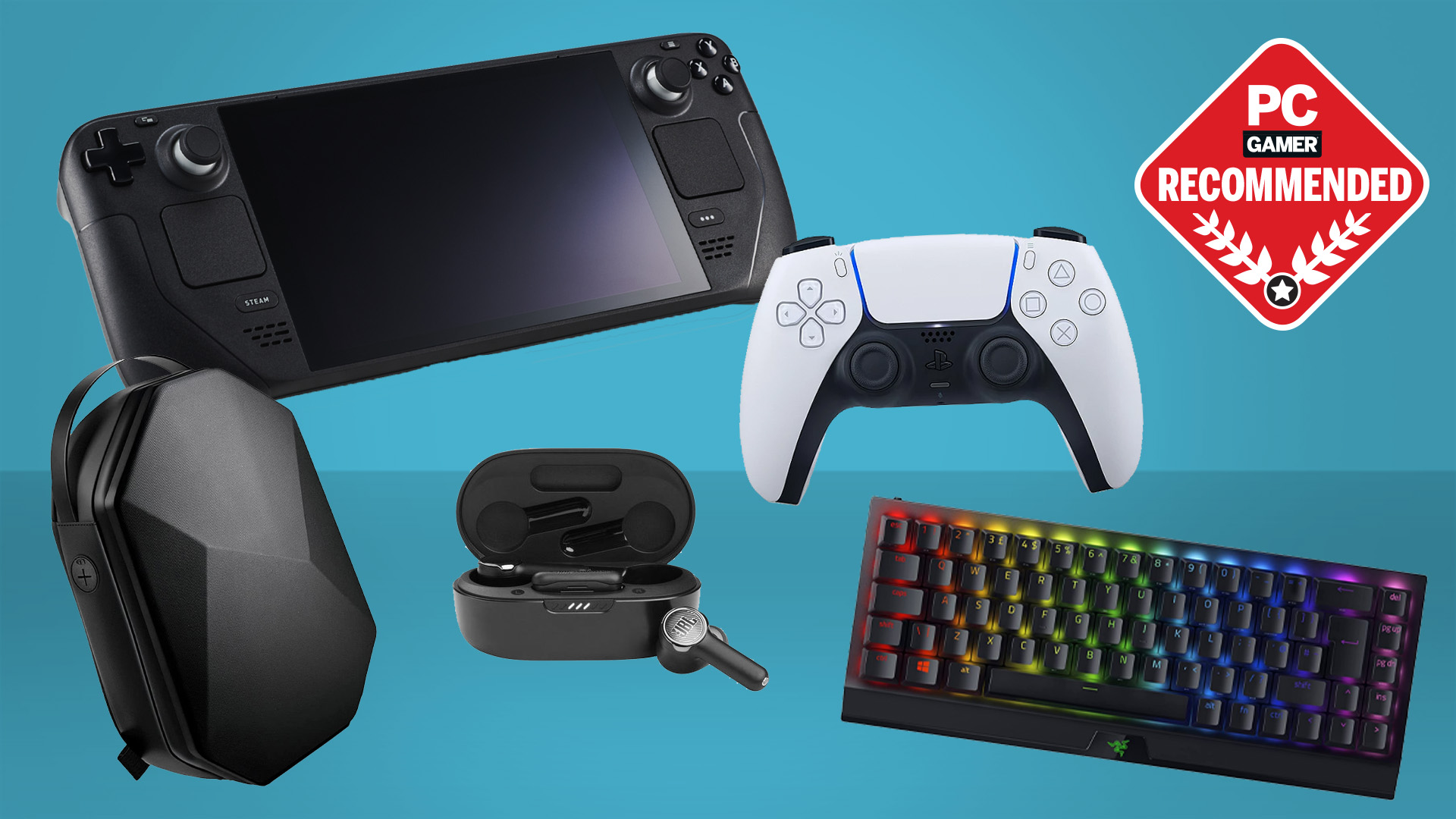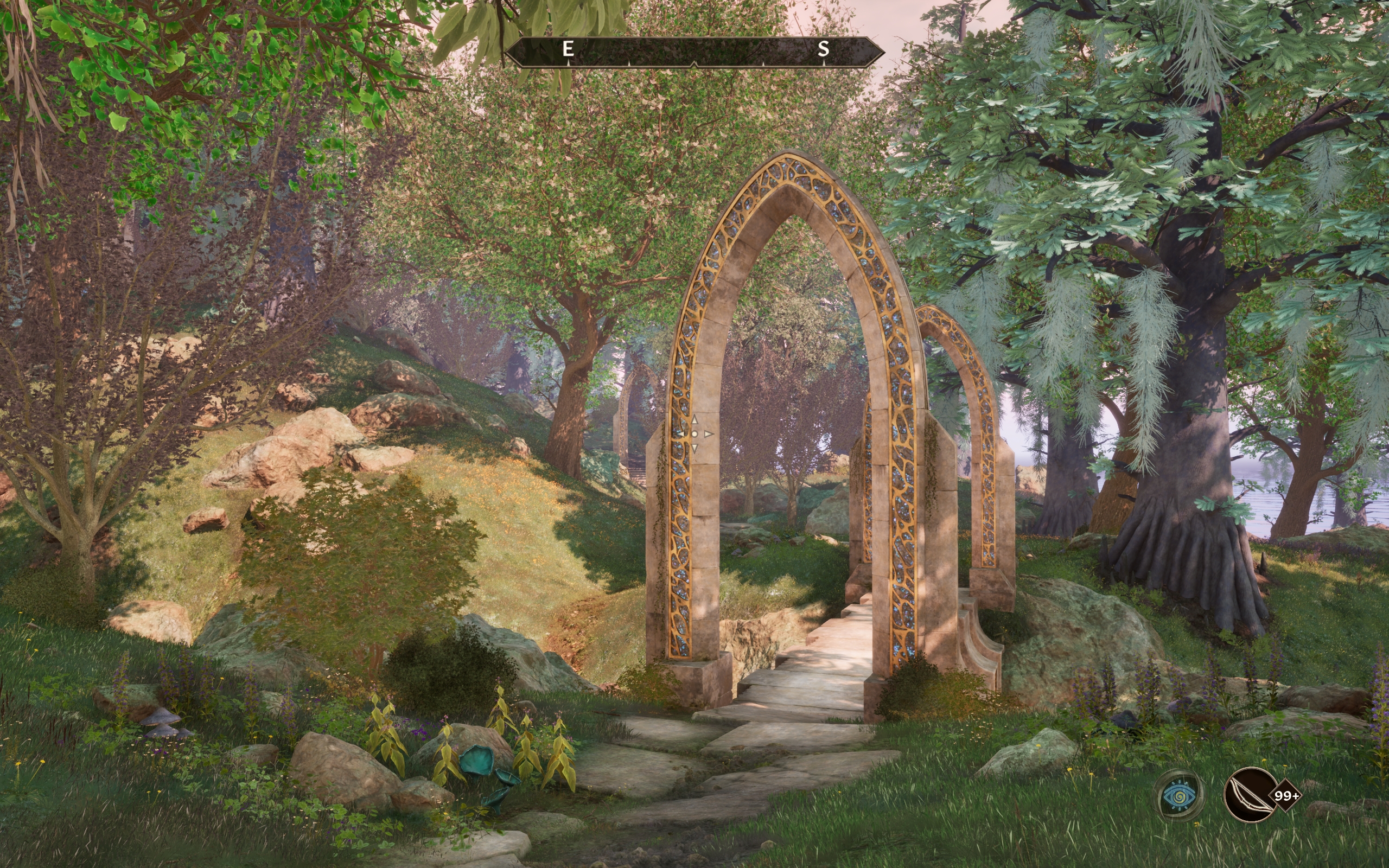Intel outlines new Foundry roadmap with strong AI focus for new nodes
AI computing is set to stay a focus until 2028

Intel has just held its 2025 Foundry Direct Connect, where it outlines the future of the company especially in terms of chip fabrication. The aptly name direct focuses on what Intel is doing at a manufacturing level, including how it intends to move forward with silicon production. That is of course, when it's not trotting out new robotic hires days after announcing mass layoffs.
The biggest takeaway from this roadmap is Intel has a strong focus on AI moving forward. It doesn't matter which new node you focus on, each has its own AI bent. This doesn't mean Intel is moving to put out its own language model like ChatGPT or DeekSeek. Instead it means Intel's chips are being made to take advantage of AI technologies in computer processing. This is less about helping you do a bad job writing your essay, and more about using machine learning to make the most efficient use of the technology available.
Hardware purpose built and optimised for the job delivers the best results when it comes to integrating AI with computer processing. Anyone with some new gaming kit can verify as we've already seen huge gains in the gaming space with things like AMD's FSR4 and Nvidia's DLSS4 on hardware built for it.
On the Intel Foundry Process roadmap we can see four pathways divided up into different fabrication nodes. At the top we have Intel 14A and 18A nodes, and the lower half we see Intel 3 and other mature nodes. It's mostly those top two we are interested in in terms of AI and future technologies.
The 18A is of course Intel's current heavy hitter, a self described industry-leading backside power delivery node which has been upgraded with ribbon-shaped transistors for enhanced performance. We also found out we'll be getting the 18A-P, a broader application version of the 18A. The 14A is a second generation backside, built off everything Intel learned white developing the 18a, and both have a noted focus on working with edge and AI.
This is bolstered by the new additions to Intel's Foveros 3D packaging system which has been expanded to include Foveros B and Foveros R for new more cost-efficient designs. Again these improvements all have a distinct nod to AI advantages as this technology enables stacking multiple dies for heterogeneous systems. The ability to stack the dies in this way can be critical for AI workloads.
According to the roadmap we should see the 18A nodes soon in Panther Lake, with 18A-P expected to release sometime between Q3 of this year, through to early next year. Then we should see 14A in the years to follow starting 2027. AI computing has been moving so rapidly I'm almost scared to see what the 14A chips are going to be capable of by that time.
The biggest gaming news, reviews and hardware deals
Keep up to date with the most important stories and the best deals, as picked by the PC Gamer team.
Best CPU for gaming: Top chips from Intel and AMD.
Best gaming motherboard: The right boards.
Best graphics card: Your perfect pixel-pusher awaits.
Best SSD for gaming: Get into the game first.

Hope’s been writing about games for about a decade, starting out way back when on the Australian Nintendo fan site Vooks.net. Since then, she’s talked far too much about games and tech for publications such as Techlife, Byteside, IGN, and GameSpot. Of course there’s also here at PC Gamer, where she gets to indulge her inner hardware nerd with news and reviews. You can usually find Hope fawning over some art, tech, or likely a wonderful combination of them both and where relevant she’ll share them with you here. When she’s not writing about the amazing creations of others, she’s working on what she hopes will one day be her own. You can find her fictional chill out ambient far future sci-fi radio show/album/listening experience podcast right here. No, she’s not kidding.
You must confirm your public display name before commenting
Please logout and then login again, you will then be prompted to enter your display name.



